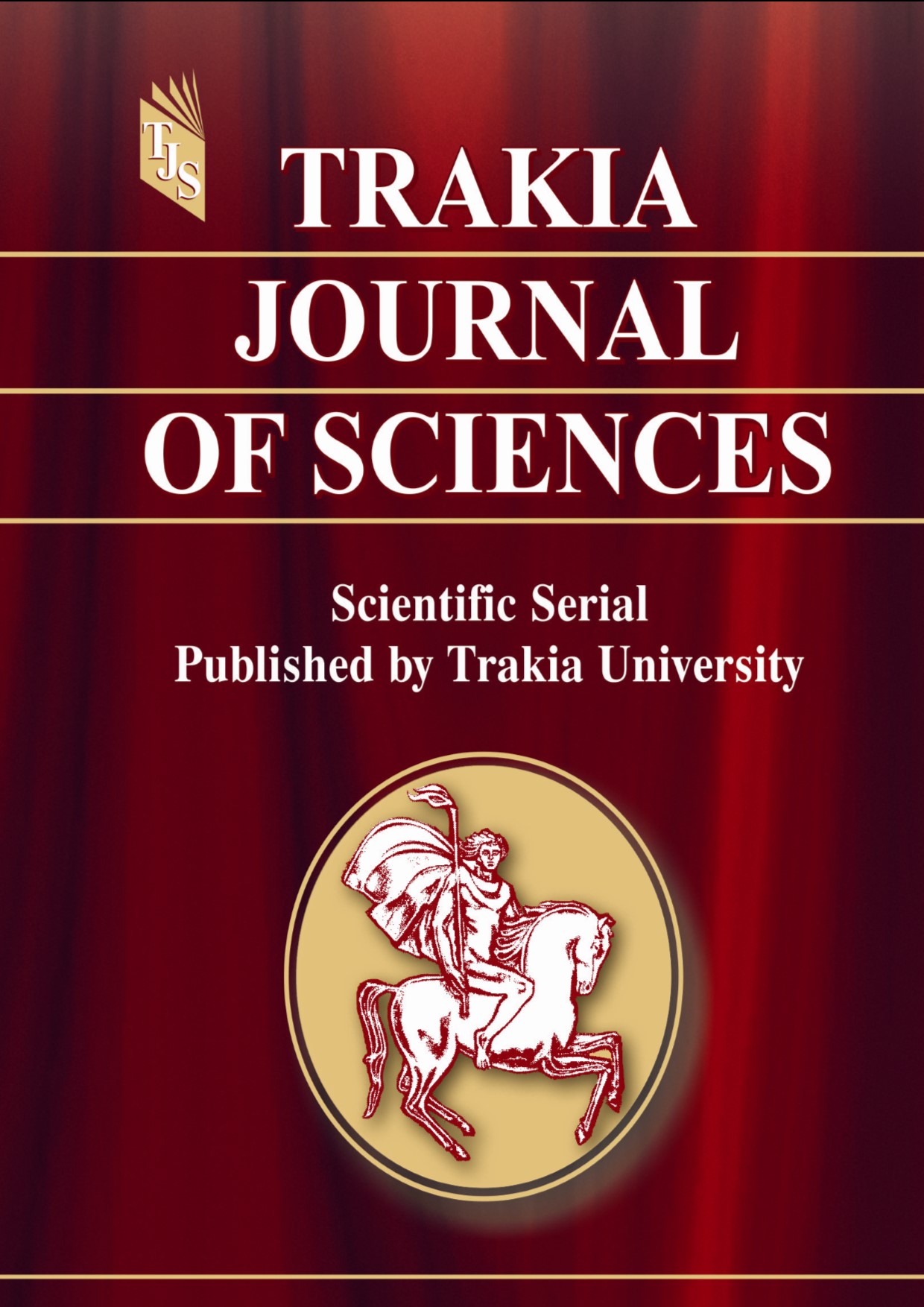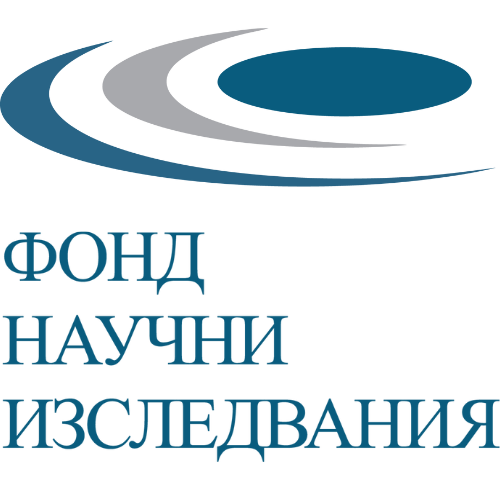MODULATING AND STIMULATING THE IMMUNE SYSTEM THERAPY IN PEOPLE WITH HIV/AIDS - ADVANTAGES AND POSSIBILITIES - REVIEW OF THE LITERATURE WITH SHARING OF OWN EXPERIENCE
DOI:
https://doi.org/10.15547/tjs.2024.03.011Keywords:
immunomodulatory drugs, HIV/AIDS, Pn. jirovecii pneumoniaAbstract
The immune system in people living with HIV can range from normal to severely dysfunctional, depending on the timing of ART initiation and adherence. The use of immunostimulating and immunomodulating drugs in HIV/AIDS still hides many unknowns. Various types of immunotherapy, including monoclonal antibodies, interferon, cytokines, immunomodulatory drugs, allogeneic hematopoietic stem cell transplantation, and most importantly ART adherence, have shown efficacy in HIV-associated opportunistic infections and neoplasms. The beneficial effect of immunotherapy in autoimmune, inflammatory and oncological diseases in the course of HIV/AIDS is based on reducing the pathological damage of the immune system and modifying the disease processes by interfering with cellular metabolism and nucleic acid synthesis, as well as the production of antagonist molecules of inflammation. While most known immunomodulators reduce pathological disorders of the immune system, newer "checkpoint inhibitors" have been developed to improve immune surveillance in oncological diseases. Some cancer immunotherapies can affect HIV latency and HIV-specific immunity. Knowing the benefits of immunotherapy in people with HIV/AIDS and opportunistic diseases will improve their clinical care, providing a unique opportunity to gain insight into the mechanisms of HIV eradication. We present two cases of AIDS and Pneumocystis jirovecii pneumonia where we administered immunomodulators concurrently with ART and specific etiologic therapy. One patient died.
References
Avorn J. Learning about the Safety of Drugs. A Half-Century of Evolution. N Engl J Med. 2011;365:2151–3
Asherson RA, Gunter K, Daya D, Shoenfeld Y. Multiple Autoimmune Diseases in a Young Woman: Tuberculosis and Splenectomy as Possible Triggering Factors? Another Example of the "Mosaic" of Autoimmunity. J Rheumatol. 2008;35:1224–7
Chan LS. Ocular and oral mucous membrane pemphigoid (cicatricial pemphigoid) Clin Dermatol. 2012;30:34–7
Danese S, Vuitton L, Peyrin-Biroulet L. Biologic agents for IBD: practical insights. Nat Rev Gastroenterol Hepatol 2015; 12(9):537–545
Cronstein BN. Molecular therapeutics. Methotrexate and its mechanism of action. Arthritis Rheum 1996; 39(12):1951–1960
Li P, Zheng Y, Chen X. Drugs for Autoimmune Inflammatory Diseases: From Small Molecule Compounds to Anti-TNF Biologics. Front Pharmacol 2017; 8:460
Weiner GJ. Rituximab: mechanism of action. Semin Hematol 2010; 47(2):115–123
Darvin P, Toor SM, Sasidharan Nair V, Elkord E. Immune checkpoint inhibitors: recent progress and potential biomarkers. Exp Mol Med 2018; 50(12):165
Bascones-Martinez A, Mattila R, Gomez-Font R, Meurman JH. Immunomodulatory drugs: oral and systemic adverse effects. Med Oral Patol Oral Cir Bucal. 2014;19(1):e24-e31. Published 2014 Jan 1. doi:10.4317/medoral.19087
Luke J. Cancer Research Institute. 2023. Immunomodulators: Checkpoint Inhibitors, Cytokines, Agonists, and Adjuvants https://www.cancerresearch.org/treatment-types/immunomodulators
Martin-Mola E, Balsa A. Infectious complications of biologic agents. Rheum Dis Clin North Am 2009; 35(1):183–199. [PubMed] [Google Scholar]
Fromentin R, DaFonseca S, Costiniuk CT, El-Far M, Procopio FA, Hecht FM, et al. PD-1 blockade potentiates HIV latency reversal ex vivo in CD4(+) T cells from ART-suppressed individuals. Nat Commun 2019; 10(1):814. [PMC free article] [PubMed] [Google Scholar].
Panel on Antiretroviral Guidelines for Adults and Adolescents. Guidelines for the use of antiretroviral agents in HIV-1-infected adults and adolescents. Department of Health and Human Services. October 17, 2017. [Google Scholar].
Fink DL, Hedley L, Miller RF. Systematic review of the efficacy and safety of biological therapy for inflammatory conditions in HIV-infected individuals. Int J STD AIDS 2017; 28(2):110–119. [PubMed] [Google Scholar].
Peluso MJ, Chen J, Munter S, Reed A, Teraoka J, Eshun-Wilson I, Henrich TJ, Chin-Hong PV. Outcomes of immunomodulatory and biologic therapy in people living with HIV. AIDS. 2020 Jul 1;34(8):1171-1179
Dixon WG, Watson K, Lunt M, Hyrich KL, Silman AJ, Symmons DP, et al. Rates of serious infection, including site-specific and bacterial intracellular infection, in rheumatoid arthritis patients receiving anti-tumor necrosis factor therapy: results from the British Society for Rheumatology Biologics Register. Arthritis Rheum 2006; 54(8):2368–2376
Arumugham VB, Rayi A. Intravenous Immunoglobulin (IVIG) [Updated 2023 Jul 3]
Justiz Vaillant AA, Jamal Z, Patel P, Ramphul K. StatPearls [Internet]. StatPearls Publishing; Treasure Island (FL): Aug 28, 2023. Immunoglobulin
Wood CC, McNamara JG, Schwarz DF, Merrill WW, Shapiro ED. Prevention of recurrent pneumonococcal bacteremia with intravenous gammaglobulin in a child with AIDS-related complex.Pediatr Infect Dis J 1987; 6:564-6.
Schaad UB, Gianella-Borradori A, Perret B, Imbach P, Morell A.Intravenous immune globulin in symptomatic paediatric human immunodeficiency virus infection. Eur J Pediatr 1988; 147:300-3
Mofenson LM, Bethel J, Moye J et al. Effect of intravenous immunoglobulin (IVIG) on CD4+ lymphocyte decline in HIVinfected children in a clinical trial of IVIG infection prophylaxis. J Acq Immune Def Syndr 1993; 6:1103-13
Saint-Marc T, Touraine JL, Berra N. Beneficial effects of intravenous immunoglobulins in AIDS. Lancet 1992 (Letter); 340:1347
Yap PL, Todd AAM, Williams PE, Hague RA, Mok J, Burns SM, et al. Use of intravenous immunoglobulin in acquired

Downloads
Published
Issue
Section
License
Copyright (c) 2024 Trakia University

This work is licensed under a Creative Commons Attribution-NonCommercial 4.0 International License.


